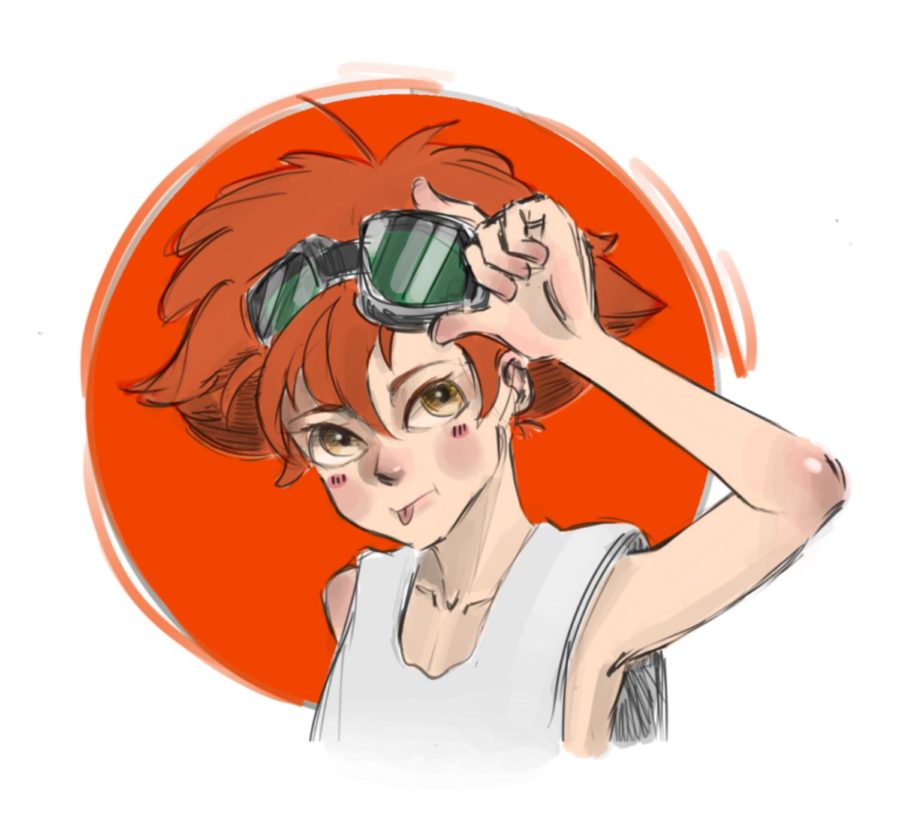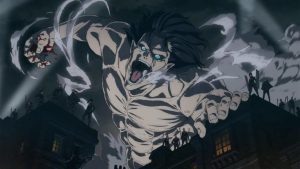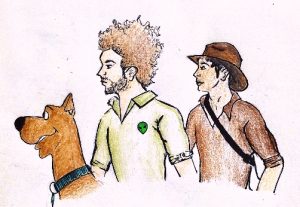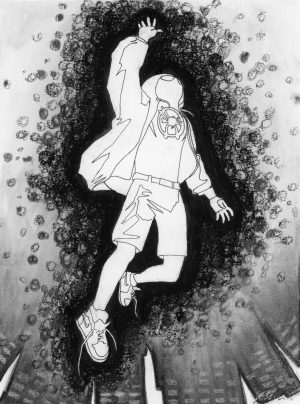You’re gonna carry that weight: A first impression of Netflix’s “Cowboy Bebop” live action disappoints
Ed, one of the protagonists that is part of Spike’s crew aboard the Bebop.
January 18, 2022
*This review covers only the first episode of the live action.
On Nov. 19, a 10-episode live action version of “Cowboy Bebop,” an anime dating back to 1998, was released on Netflix. As the anime is one of the classics and because of Netflix’s bad history with live action anime adaptations, a wide variety of reactions were aroused from its fans. As many skeptics commented, “You’re [in reference to Netflix] gonna carry that weight,” referencing a catchphrase from the original show.
“Cowboy Bebop” follows the journey of Spike Spiegel (John Cho) and his crew, Jet Black (Mustafa Shakir), Ed (Eden Perkins), Faye Valentine (Daniella Pineda) and a corgi named Ein, as they traverse space as bounty hunters. During the show, we learn about the individual stories of each crew member and how they arrived on their ship, the Bebop, while they hunt criminals through the galaxy. Despite having a seemingly fun and upbeat concept, “Cowboy Bebop” dives deeper into a strong message of the past and acceptance.
The atmosphere and mood of the live action show are painfully different from the original. So much so that “it’s not even Cowboy Bebop anymore,” as long-time fan Lena Pochendorfer (grade 11) said. The live action and the original have become two separate entities.
A large part of the contrast comes from how the actors portray the characters in the live action. While watching the first episode, I found myself constantly muttering, “That’s not how Spike would react,” “That’s not what Spike would say,” or some other remark along those lines. With such an iconic classic as “Cowboy Bebop,” these types of small differences become easy to spot for enthusiastic fans. In the original show, there is a great amount of nuance that creates the complex characters of Spike, Jett, Faye and the rest of the crew. The live action simply falls short of portraying that complexity and completely discards the very specific creative choices that the directors of the original show included.
In the original, Faye takes on the role of a cunning femme fatale who, although bold, is also calculated and reserved. This contrasts starkly to the live action which portrays her as a fast-talking, loud, obnoxious woman. And while Faye definitely has a sharp tongue in the original show, the flow of her speech is much more dragged on and relaxed in the live action.
Faye’s not alone in a change in characterization. Spike and Jett seem to have a more strained relationship and both are less charismatic than in the anime. This was quite disappointing to watch for long-time fans such as Pochendorfer, since the excitement over the classic characters in the anime was not carried over into the live action. This is especially so because Spike is originally not an Asian character and is much younger in the anime. Jett is originally not a Black character. Although it’s commendable to see diversity, long time fans are disappointed because, “a live action of an anime is supposed to be a reenactment of the anime, they’re not supposed to put their own spin on it,” said Pochendorfer.
The bounty in this first episode is on a woman and her husband involved in drug dealing in order to create a better life for themselves on Mars. The chase ends with the woman driving their ship into an awaiting fleet of police ships, seeing that things are hopeless with Spike behind and the police in front.
Though this ending seems decent enough, it is incomparable to the original. As stated before, the original show had layers upon layers of nuance that if not explored, dull the quality drastically. The original show ended not by the woman driving into an onslaught of police ships, but instead by the woman shooting her own husband.
While the significance of this change may not be clear at first, its importance is shown when put into the context of the woman’s relationship with her husband and the effect that drug dealing had on them. You realize while watching the original show that she kills him not as an act of betrayal, but as an act of love. Seeing how the drugs affected him and how this gig completely shredded every part of him, she takes it upon herself to put him out of his misery, as opposed to a random stranger who would merely use their struggles for a sum of money. When Spike eventually catches up and peers into the ship, both the viewer and Spike are able to witness the haunting emptiness in her eyes.
This level of characterization in the show is exactly what is missing from the live action. The woman driving into a fleet of police ships has nowhere near the same impact and meaning as having her kill the husband herself. Though the words “I love you” were never truly uttered in the original, it’s apparent that this bounty was one of a tragic love story. But rather than delivering this story of love and grief, the live action simply sends a message of hopelessness (which, while prevalent, is not the full story of this chase).
Yet more creative choices of the original that were changed in the live action are the technicalities of the show. From the set design to the costumes to the execution of the fight scenes, almost all aspects were changed for the worse. The outfits often look like “tacky cosplay,” according to Pochendorfer, that often don’t match the iconic originals. The set design looks like pieces of cardboard superglued together and spray painted over, although the CGI quality of the spaceships and warp gates make up for it by creating the sense of excitement often gained from intricately built fictional worlds. The fight scenes are visibly scripted—when Spike punches someone, the person who is punched often shows a pained reaction, but it looks like they feel no actual impact when they’re punched and instead rely on a flailing body to show the pain. Altogether, these technical aspects of the live action make it hard to watch.
However, there is a saving grace—the beautiful jazz music taken from the original. The music is not only reflective of “Cowboy Bebop” as a show but also the entire directing process of the original anime. The music’s upbeat and vibrant qualities excite the watcher to the point where the obvious weaknesses of the live action are often ignored.
Watching the show with no previous experience of the original, the live action could be considered a pretty worthwhile watch. The set design and the acting are definitely drawbacks, but the concept and even the slightly different plot of the show is overall cohesive and still delivers a meaningful story. Although the show is still good as a stand-alone, you will find that the best parts of the show stem directly from the original—especially the opening and the use of jazz music.
“Cowboy Bebop” is a show with a rich history in anime with incredible nuance and messages. Unfortunately, the live action simply disappoints and falls short of the original anime’s glory.






